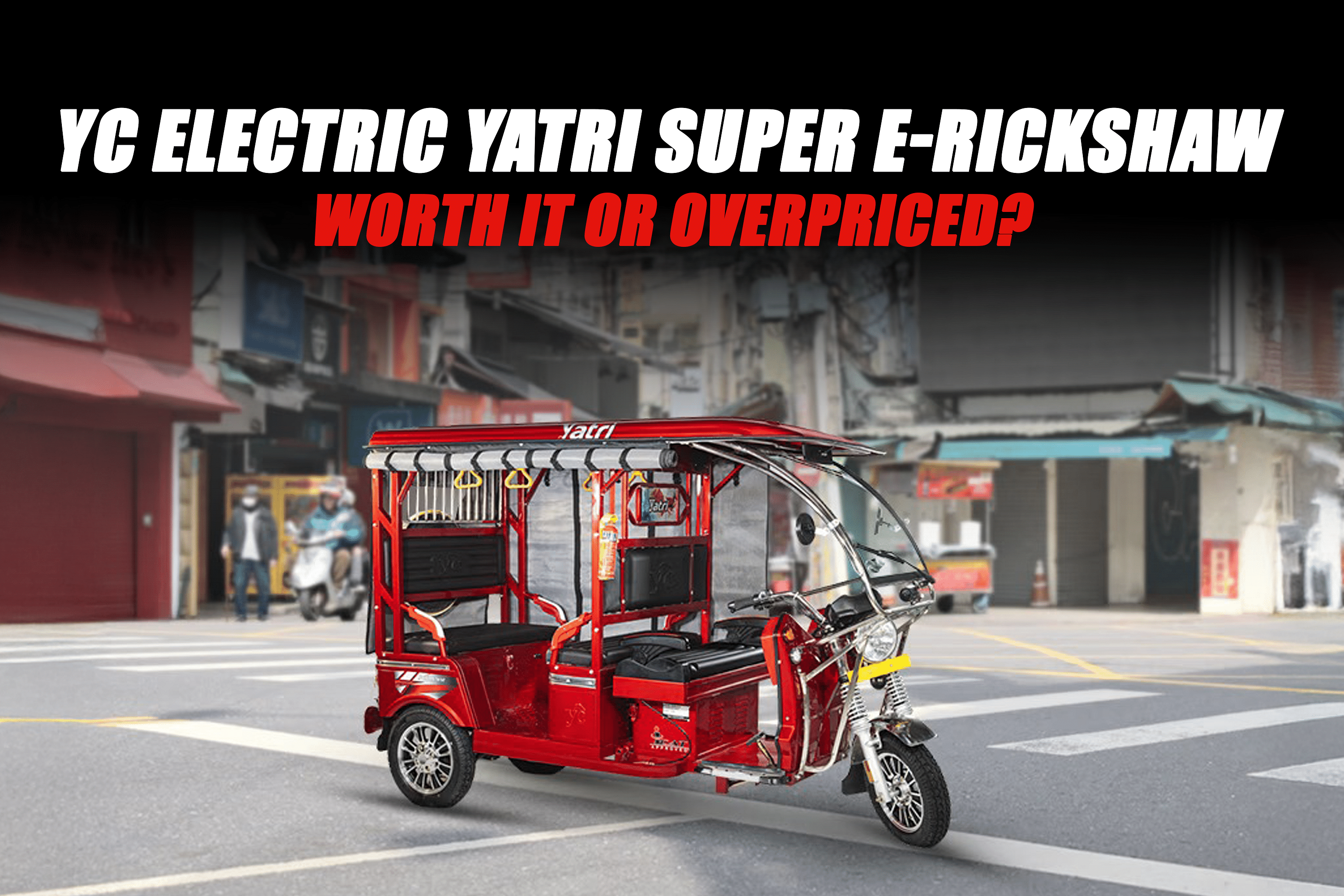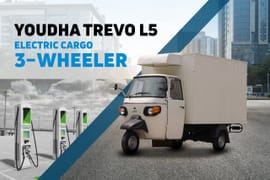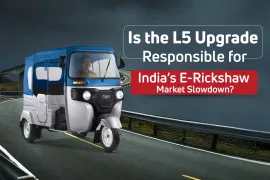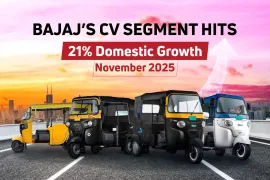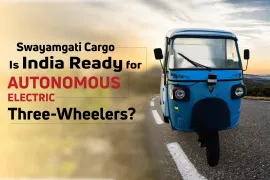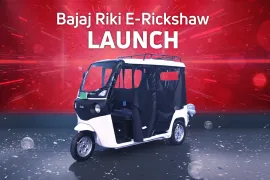India’s electric rickshaw market keeps expanding. Among the contenders, YC Electric’s Yatri Super draws attention. But is this commercial e-rickshaw truly worth your investment, or does it stretch the price tag without merit?
Strong Structure, Practical Design
The Yatri Super’s body is built tough. A metal frame holds the structure firm, while its fiber roof shields from heat and rain. Its open cabin ensures airflow. For everyday hauls, especially in cities or semi-urban spaces, its layout works. Four passengers fit comfortably, with room for the driver. Riders enjoy a basic but durable experience.
Battery Type and Daily Range
Two battery options—lead-acid or lithium-ion—support different budgets. The lead-acid variant charges in 6–8 hours, lithium in 3–4. On one charge, the e-rickshaw runs 80–100 km, enough for full-day local duties. For short-range use, that distance suffices. Drivers needing quick, frequent runs will find the lithium-ion unit more efficient.
Decent Motor, Simple Features
The 900W–1000W BLDC motor supports most routes. Flat roads, slow traffic, and short climbs—handled well. While it’s not built for high performance, it delivers consistent torque. The digital meter, LED lighting, reinforced suspension, and rust protection all come standard. These add value and reduce long-term upkeep.
Cost Analysis
The Yatri e-rickshaw price ranges from ₹1.40 lakh to ₹1.65 lakh. That cost depends on battery choice and local dealership rates. Though entry-level e-rickshaws cost less, they lack the Yatri Super’s build quality and durability. You pay more—but get more.
Is It Worth the Price?
For a buyer seeking a reliable commercial vehicle, this model makes sense. The upfront price covers better materials, less maintenance, and higher resale value. The Yatri Super is not just a rickshaw—it’s a daily business tool.
Still, if cost is your only concern, and usage is minimal, cheaper alternatives may suffice—temporarily. But for regular usage, this rickshaw saves money over time.
Final Take
YC Electric’s Yatri Super isn’t overpriced—it’s priced for performance. It delivers on battery life, ride quality, and operational strength. It’s a smart long-term investment in India’s booming e-mobility space.
FAQs
1. What is the range of Yatri Super?
It runs 80–100 km per charge, depending on load and road conditions.
2. How is Yatri Super better than cheaper models?
It offers stronger build, better battery, and longer lifespan—ideal for daily use.
3. Are electric rickshaws cheaper to run?
Yes. They cut fuel costs and need less maintenance than petrol or diesel vehicles.
4. Is charging easy for electric rickshaws?
Yes. Home charging is common, and public stations are growing in cities.
Read More
Web Stories
Latest Three Wheelers News
Categories
91trucks is a rapidly growing digital platform that offers the latest updates and comprehensive information about the commercial vehicle industry.
